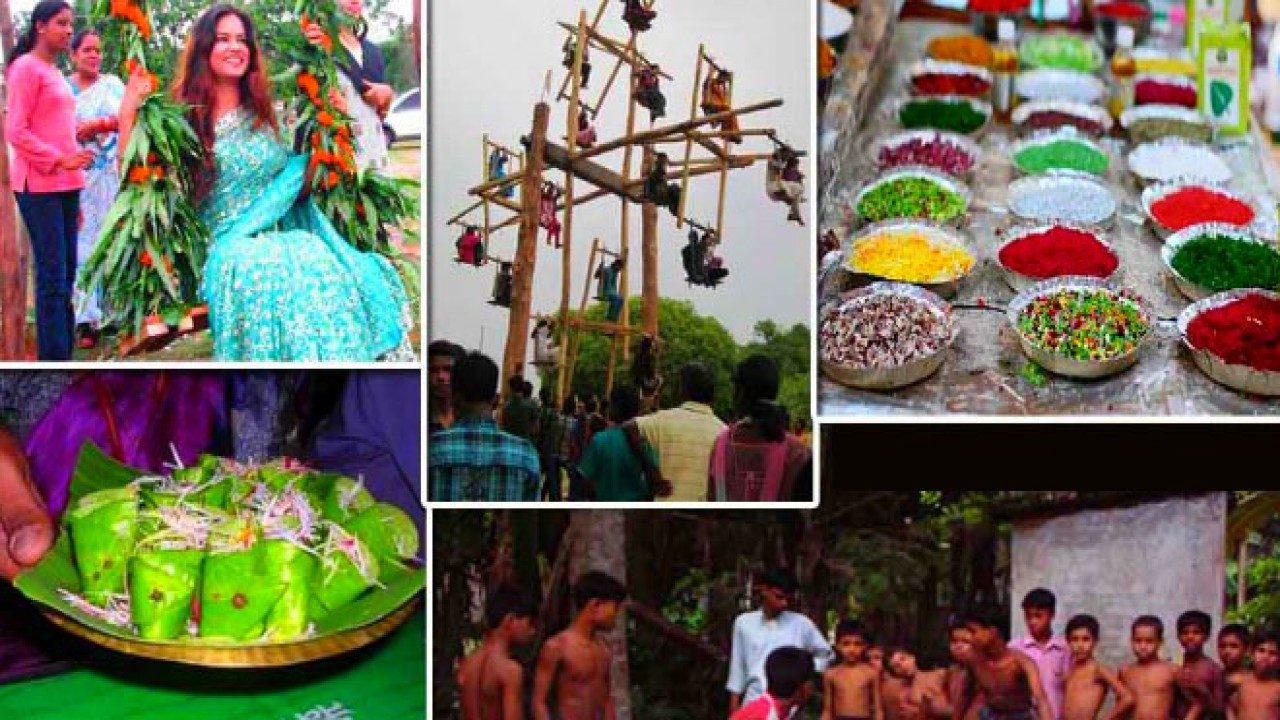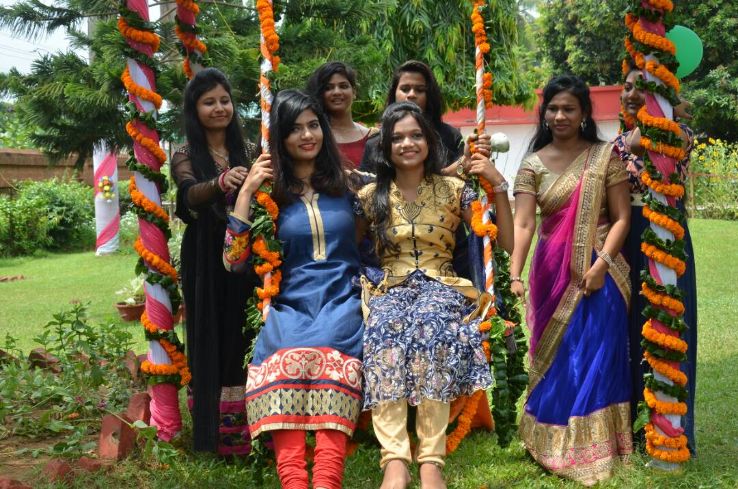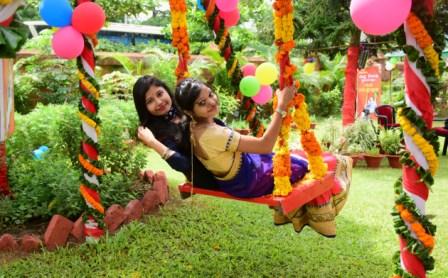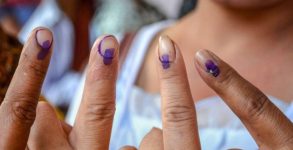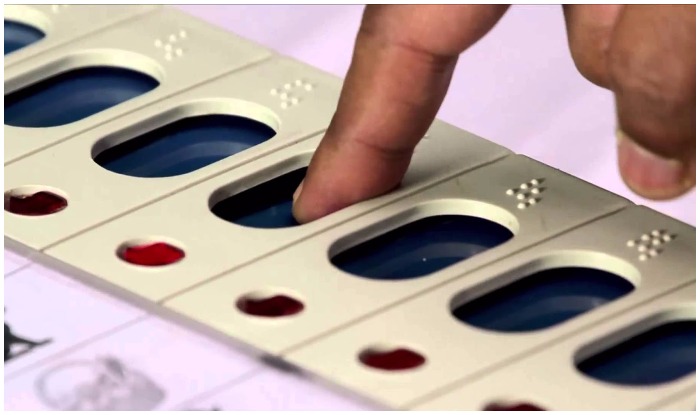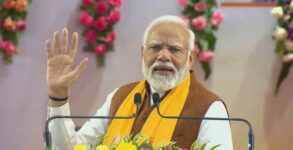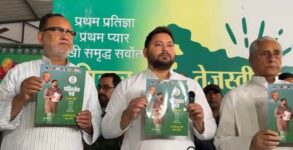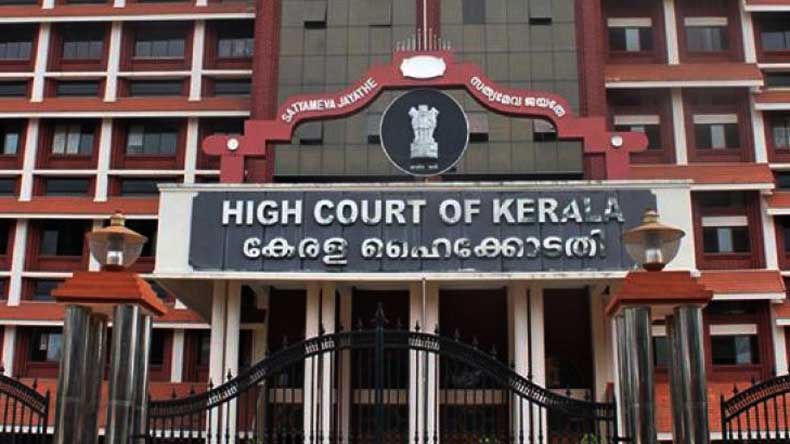India is rich in cultural heritage and there are a vast number of festivals celebrated all year round. This Indian state celebrates a unique festival to cherish the womanhood. It is the time of the year when Odia households bustle with the preparation of a festival called Raja. This year the festival will start on June 15 and will end on June 18.
It is a four-day event that marks the period of fertility regeneration of earth which is similar to the menstrual cycle a girl or woman undergoes.
Raja is derived from the word Rajaswala which means a menstruating woman. This festival is celebrated across Odisha and Odias living outside. The festival signifies the menstrual cycle of the earth similar to that of a woman. Just like women go into a resting phase during menstruation the earth is also considered to be in a similar phase. The festival is basically four days resting period of the earth when all the agricultural activities are forbidden.
This event belongs to the women and for the women. They are pampered with new clothes, accessories, delicacies and are prohibited from doing household chores.
The first day of the festival is called Pahili Raja, the second day is the advent of the month of Asadha and is commemorated by Mithuna Sankaranti and the third day is known as Basi Raja and the fourth day of Basmati Gadhua signifies the end of menstruation of the earth.
The women who are barred from doing domestic work indulge in wearing new clothes, getting ready, applying aalta on the feet, Kumkum on the forehead and in today’s time, even Mehendi/henna on their palms and nail art for the adornment of their nails.
Raja is characterized by the traditional swing and the games associated with it. swings are traditionally tied on mango or tamarind trees. Raja folk songs are sung in the chorus as the swing goes to and fro. “Banaste daakila gaja…” is one of the quintessential Raja songs. Games such as Ludo, Taas (playing cards), Baagudi, Bohu Chori, Puchi, etc. (though not very common in urban areas), are played with friends well past midnight.
In the household aroma of delicacies are spread like poda pitha, arisa pitha, Raja paan, chakuli pitha, etc. they are distributed among neighbors and relatives. Raja is the time when girls relish the mouth-watering paan.
Girls are advised not to walk barefoot and use footwear which is made up of areca nut shells and banana stalks. They are also asked to limit their stay to single room traditionally called the Raja Ghara where they make their bed on the floor and worship a block of clay with vermilion, flowers, incense sticks and delicacies. Men are prohibited from entering the Raja Ghara. However, in many parts of the state, Raja customs are not strictly adhered.
While menstruating still remains a taboo in many parts of India, it is a matter of pride for Odisha to celebrate a festival on womanhood.
History behind the festival
It is believed that the mother Goddess Earth or the divine wife of Lord Vishnu undergoes menstruation during the first three days. The fourth day is called Vasumati Snana, or ceremonial bath of Bhudevi. The term Raja came from Rajaswala (meaning a menstruating woman), and in medieval times the festival became more popular as an agricultural holiday marking the worship of Bhudevi, who is the wife of Lord Jagannath. A silver idol of Bhudevi is still to be found in the Puri Temple beside Lord Jagannatha.


